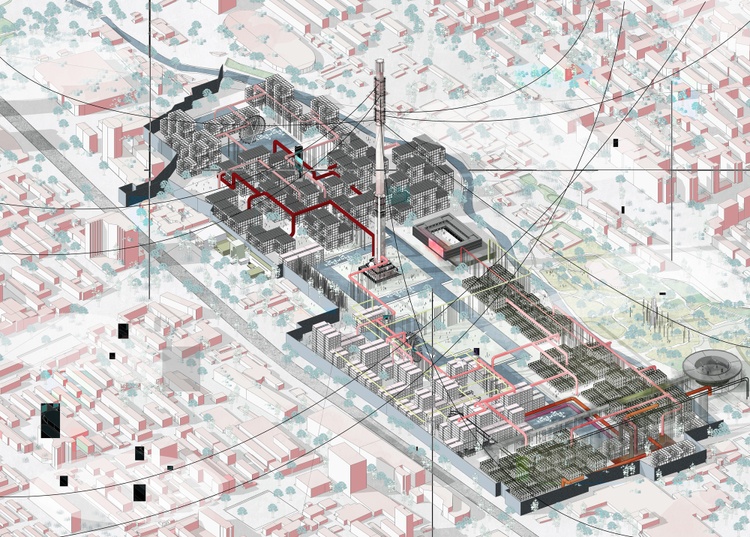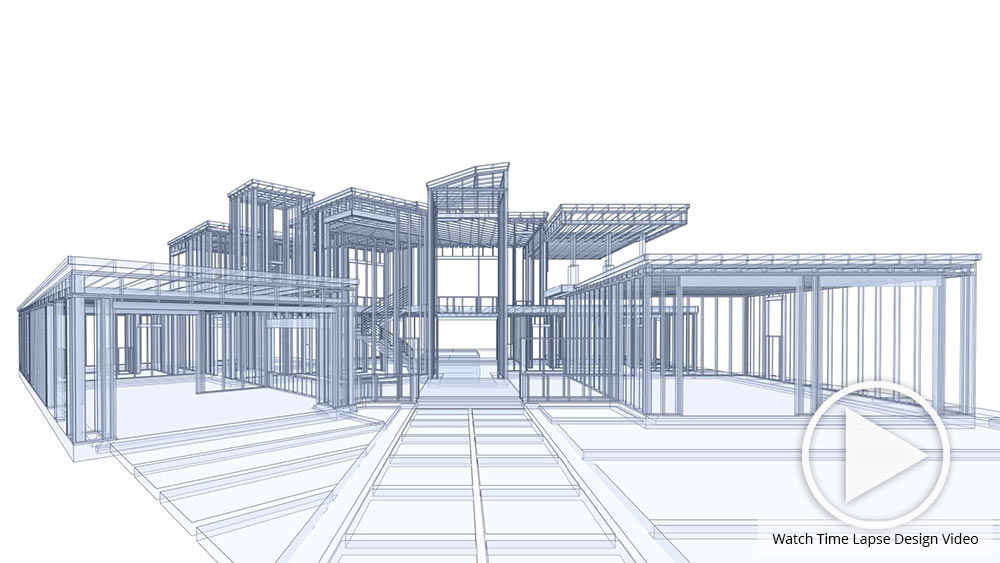A Comprehensive Introduction of Building Styles and Their Impact on Modern City Preparation and Growth
Building styles have long served as a mirror to the social worths and technical improvements of their time, playing a critical duty fit contemporary city preparation and development. From the majesty of Neoclassicism to the utilitarian approach of Brutalism, each design has actually introduced one-of-a-kind principles that affect metropolitan appearances and capability. As modern obstacles develop, consisting of sustainability and neighborhood needs, comprehending these historic structures becomes important. The resulting dialogue not just notifies future design practices but additionally increases pertinent inquiries regarding the equilibrium between heritage and advancement in our developing urban landscapes.

Historic Overview of Architectural Styles
Throughout history, building designs have actually advanced in response to cultural, technological, and environmental aspects. Each duration mirrors the dominating worths, ideas, and advancements of its time, resulting in a rich tapestry of style that indicates human creative thinking and adjustment. The old civilizations, such as the Egyptians and Greeks, established fundamental designs that stressed proportion and percentage, offering both useful and visual objectives.
As cultures transitioned with the Center Ages, Gothic design emerged, defined by its verticality and elaborate outlining, mirroring the spiritual aspirations of the era. The Renaissance marked a rebirth of timeless perfects, combining art and design in ingenious manner ins which influenced subsequent designs throughout Europe.
The Industrial Transformation introduced new materials and construction strategies, motivating motions like Modernism, which challenged typical kinds and accepted simplicity and functionality. The 20th century saw a diversity of designs, with Postmodernism reacting versus the plain minimalism of its predecessor, integrating historic recommendations and eclectic components.
Today, building styles proceed to evolve, driven by globalization and sustainability worries, reflecting a vibrant interplay between heritage and innovation (cda architects). This historical review highlights the value of architecture as a mirror of social evolution and as a driver for city development
Secret Architectural Styles Explained
The variety of architectural styles mirrors the myriad impacts that shape our developed setting, each embodying unique features and cultural relevances. Trick building designs consist of Classical, Gothic, Baroque, Modernism, and Postmodernism, each representing one-of-a-kind historical contexts and aesthetic viewpoints.
Timeless style, rooted in old Greece and Rome, highlights balance, percentage, and using columns. In contrast, Gothic architecture, thriving between Ages, is identified by sharp arcs, ribbed vaults, and flying buttresses, creating an aerial top quality in cathedrals. Baroque architecture, emerging in the 17th century, is marked by splendour, fancy decoration, and a vibrant interaction of light and darkness.
Innovation, which got energy in the very early 20th century, focuses on feature over type, making use of brand-new products like steel and glass to develop minimal frameworks. Postmodernism, responding versus the austerity of Modernism, accepts eclecticism and historical reference, typically integrating lively aspects and irony.
Understanding these styles provides understanding right into the social narratives and technological improvements of their particular ages, highlighting how architecture offers not simply as a sanctuary, however as a reflection of societal worths and desires.
Effect On Urban Planning
In forming the development of cities, building designs substantially affect urban preparation decisions. The option of building style commonly dictates the looks, functionality, and general personality of urban atmospheres.
In addition, architectural styles can influence zoning regulations and land utilize plans. Urban organizers need to take into consideration the prevailing architectural patterns when making districts, guaranteeing that brand-new growths harmonize with existing structures. This consideration promotes my company natural city landscapes and enhances community identity.
The application of details building designs can also influence socioeconomic elements within a city. High-end contemporary designs may bring in wealthy citizens and companies, leading to gentrification, while more budget friendly real estate remedies might prioritize news functional and sustainable designs to suit diverse populaces. Ultimately, the interplay between building designs and urban planning develops vibrant cities that show both historical context and contemporary demands, forming the lived experiences of their citizens.
Sustainability and Modern Style

Contemporary building motions, such as biophilic design and environment-friendly style, advocate for frameworks that integrate with their surroundings, making use of all-natural materials and advertising biodiversity. These styles often integrate eco-friendly energy resources, such as photovoltaic panels and wind turbines, to minimize dependence on fossil fuels and reduced carbon impacts.
Additionally, the assimilation of advanced technologies, such as clever building systems, enhances power monitoring, optimizing resource use while ensuring resident comfort. Ingenious water monitoring strategies, including rainwater harvesting and greywater recycling, further add to lasting urban environments.
Significantly, sustainability prolongs past ecological concerns; it encompasses social and economic dimensions also. By cultivating community wellness and promoting inclusivity, contemporary building styles align with sustainable development goals. Consequently, the evolution of architectural practices continues to shape resilient cities that not just fulfill the demands of the existing yet additionally guard the future for generations ahead.
Neighborhood Involvement in Style
Area engagement in style acts as a vital bridge between engineers and the populaces they serve, making certain that the built setting shows the requirements and aspirations of its individuals. This collective procedure invites neighborhood members to add their insights and preferences, fostering a sense of possession and responsibility towards the spaces they occupy.
Reliable area involvement employs different techniques, such my site as workshops, studies, and public online forums, to collect varied viewpoints. These strategies promote a two-way dialogue, permitting designers to understand neighborhood contexts while empowering homeowners to voice their problems and desires. This inclusivity not only enhances the layout top quality however likewise promotes social equity by resolving the distinct difficulties encountered by marginalized teams.
Moreover, area involvement can result in innovative solutions that may not arise in a conventional design procedure. By integrating regional understanding and cultural values, architects can create areas that reverberate more deeply with users, boosting usability and sustainability. Ultimately, focusing on area engagement in design procedures leads to atmospheres that nurture social interactions, support wellness, and strengthen neighborhood ties, consequently playing a critical role fit contemporary city landscapes.
Conclusion
Building styles have exceptionally influenced contemporary city planning and development, showing developing social and technological contexts. The assimilation of historical aesthetic appeals with modern demands fosters metropolitan environments that focus on sustainability and neighborhood interaction. As cities continue to expand and adjust, the ongoing discussion in between architectural heritage and contemporary design concepts will certainly stay vital in producing comprehensive, vibrant rooms that enhance lifestyle and advertise social equity. The future of city advancement rest on this unified equilibrium.